14 Unspoken Rules You Need To Know Before Visiting Italy
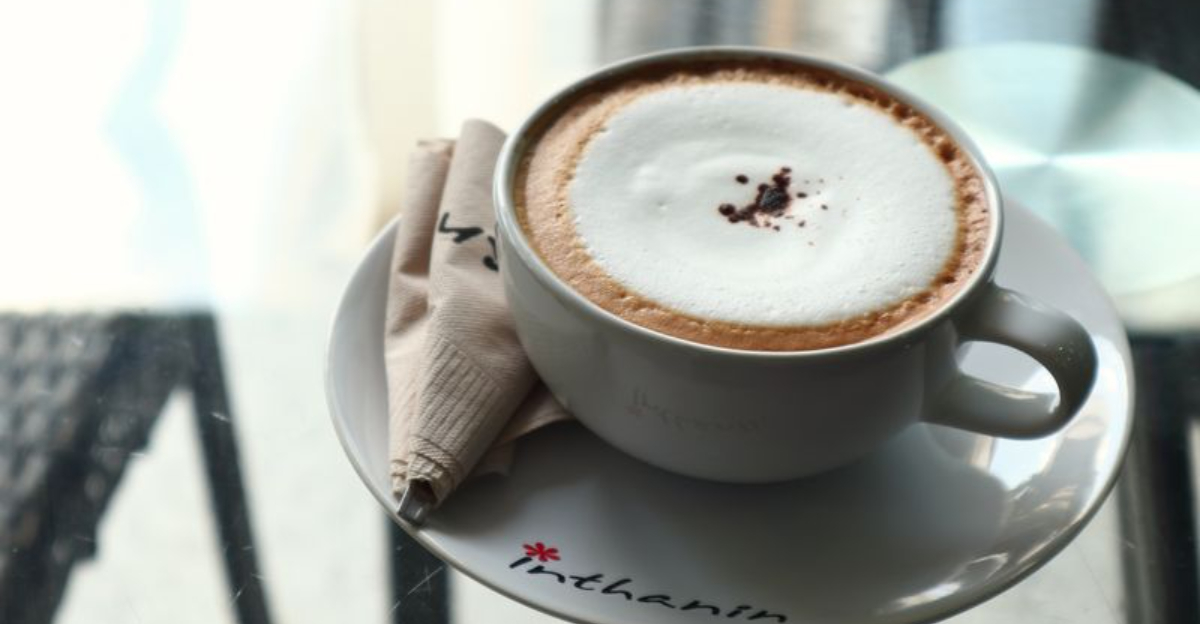
Visiting Italy is like immersing yourself in a culture rich with history, passion, and traditions that shape everyday life.
While guidebooks will tell you where to go and what to see, there are unspoken rules that can make or break your experience.
Italians have a distinct way of doing things, from how they enjoy their morning coffee to the way they navigate social interactions, and understanding these nuances will help you feel less like a tourist and more like a welcomed guest.
1. Greet People Properly

In Italy, greetings aren’t just a formality, they’re a sign of respect. Walk into a shop without saying “Buongiorno” (good morning) or “Buonasera” (good evening), and you might as well have arrived wearing a flashing sign that says “Clueless Tourist.”
Italians take these small social rituals seriously, and skipping them can earn you an unimpressed glance or, worse, indifferent service.
Even the smallest espresso bars operate on this unspoken rule. A quick nod and a polite greeting can mean the difference between a barista serving your coffee with warmth or with the enthusiasm of someone handing out parking tickets.
2. Never Order A Cappuccino After 11 A.M.
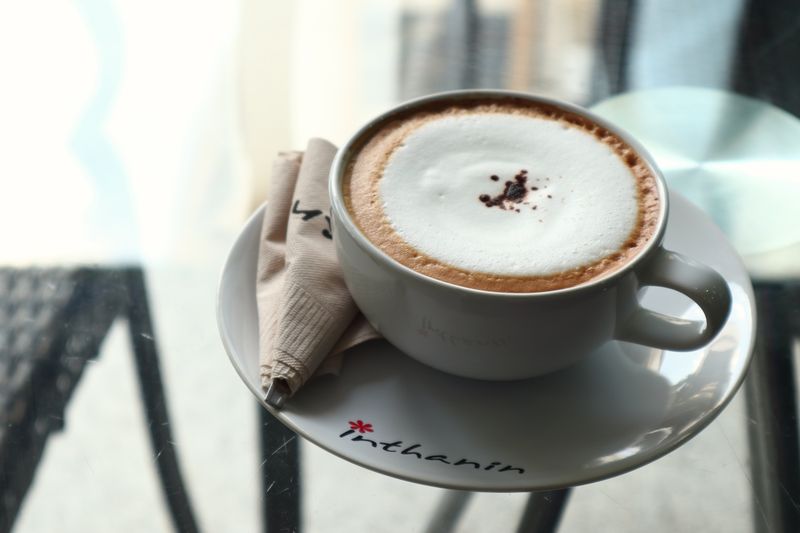
If you order a cappuccino in Italy after breakfast, don’t be surprised if the waiter gives you a look that says, “Ah, another lost soul.” To Italians, milk-heavy coffee is strictly a morning affair. Anything beyond that is like ordering cereal for dinner.
The idea is that milk is heavy on digestion, and after a meal, a strong, small espresso is the only acceptable way to go.
Sure, you can order one, but you’ll instantly be marked as a tourist. Locals sip their foamy cappuccinos at the bar in the morning, often paired with a flaky cornetto, before heading off to work. It’s a daily ritual, as sacred as Sunday lunch with the family.
3. Don’t Ask For Pineapple On Pizza
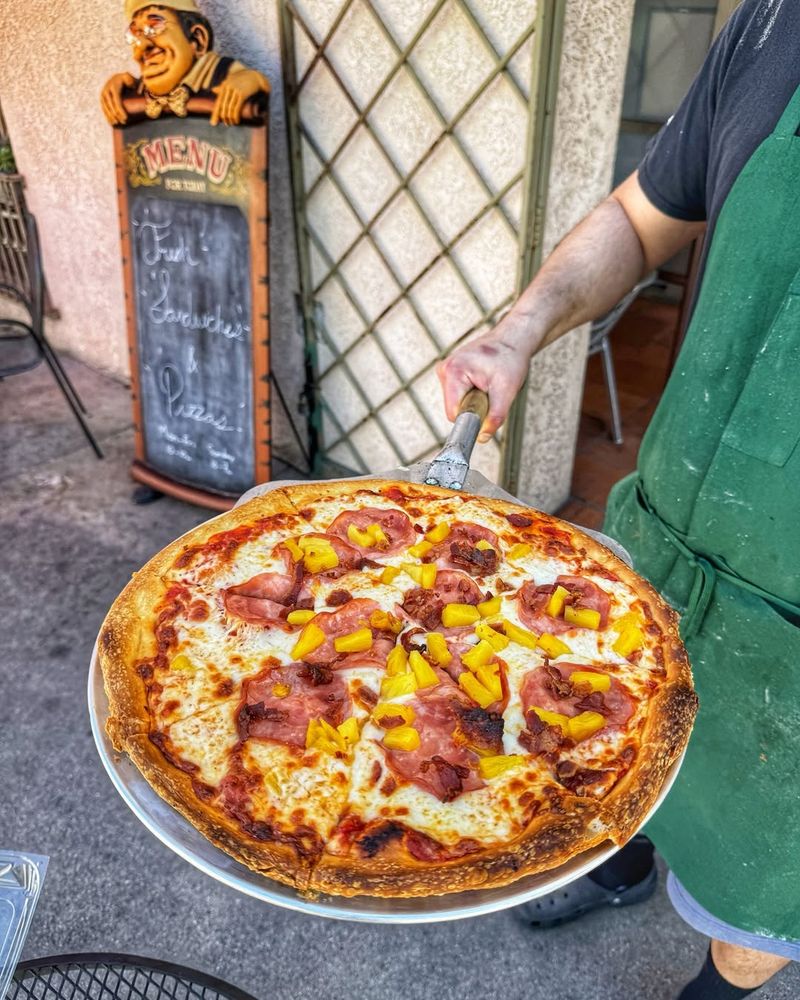
There’s a reason Italian pizza is legendary, and it has nothing to do with canned fruit. Pizza in Italy is about balance, simplicity, and tradition. I’m talking about mozzarella, tomato, fresh basil, maybe a drizzle of olive oil. And that’s it!
Asking for pineapple is the culinary equivalent of putting ketchup on a steak in a Michelin-starred restaurant.
Pizzerias have carefully curated menus for a reason. Each topping is chosen with purpose, and veering too far from the classics is seen as, well, unnecessary at best and sacrilegious at worst.
4. Avoid Touching Produce At Markets
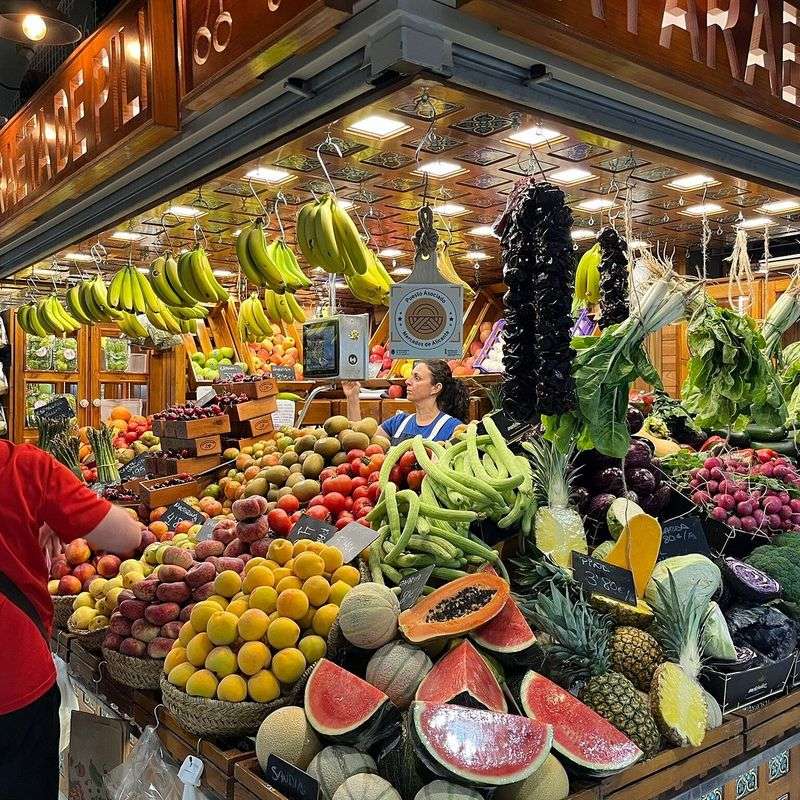
In Italy, before you reach out to inspect that perfect peach, stop right there. Here, the unspoken rule is clear: don’t touch the produce.
Vendors take pride in selecting the best for you, and your eager hands messing with their carefully arranged display is the fastest way to get a sharp “Posso aiutarla?” (Can I help you?)—which is Italian for “Hands off, buddy.”
Many markets provide plastic gloves for you to use if you’re picking your own fruit, but in traditional stalls, the vendor does the choosing. And trust me, they know what they’re doing.
5. Respect Meal Times
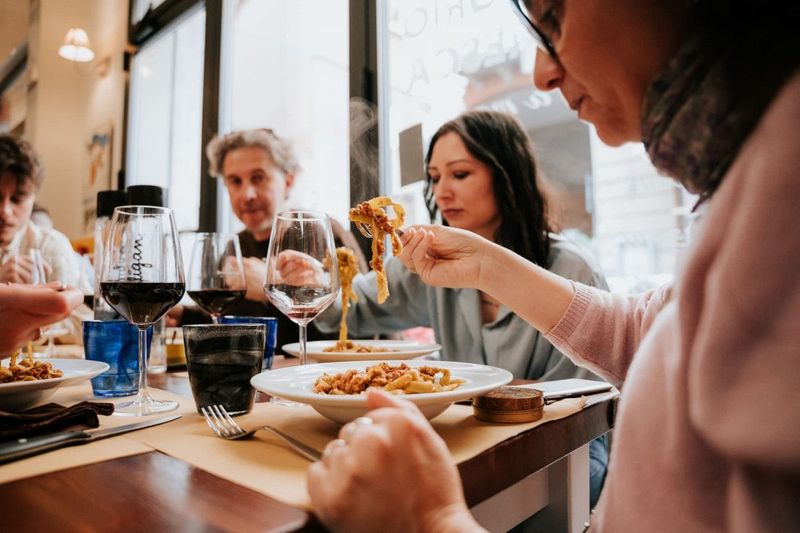
Think you can waltz into a restaurant at 3:30 p.m. and get a plate of pasta? Think again. In Italy, meal times are sacred, and most restaurants operate on a strict schedule.
Lunch is served from around 12:30 to 2:30 p.m., and if you miss that window, good luck finding anything besides a bar sandwich until dinner service, which starts around 7:30 p.m.
It’s a reflection of Italian food culture. Meals aren’t rushed; they’re meant to be enjoyed. Chefs take a well-earned break between services, and locals follow the same structure. The idea of eating dinner at 5 p.m. is as foreign to Italians as the concept of bottomless coffee refills.
6. Skip The Parmesan On Seafood Dishes

Italians are generous with their cheese, except when it comes to seafood. If you sprinkle Parmesan over a delicate seafood pasta, don’t be surprised if the waiter looks personally offended.
The reasoning? Cheese is seen as too strong and overpowering, masking the delicate flavors of the sea. And in a country where food is practically a religion, this rule isn’t up for debate.
Seafood dishes are meant to shine on their own, with ingredients like garlic, olive oil, and fresh herbs enhancing the natural flavors. A plate of spaghetti alle vongole with a dusting of Parmesan would be like pouring syrup over a steak. Technically possible, but deeply, deeply wrong.
7. Expect To Pay For Water And Bread
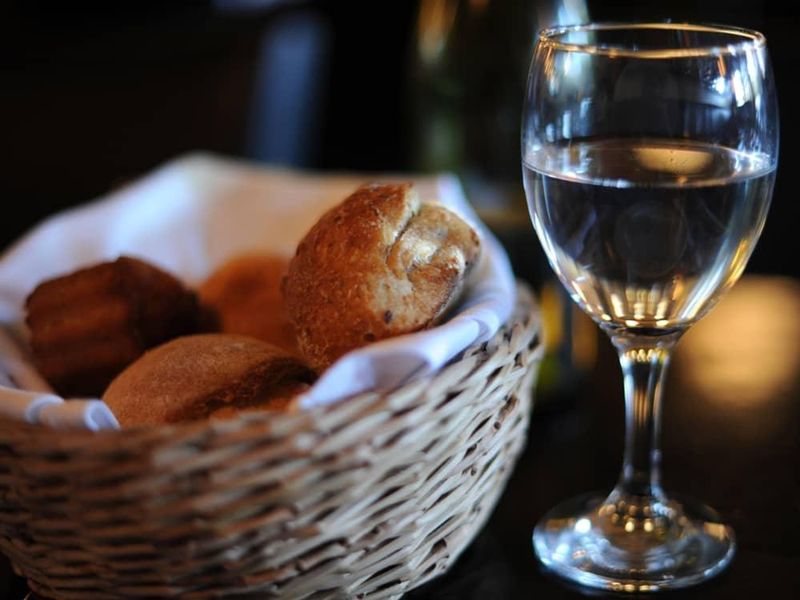
Ah, the classic freebie dilemma. In many countries, bread and water come as part of the service, but in Italy, that’s not the case. Water? You’ll probably be paying for it. And that basket of bread sitting on your table? Yep, it’s going to cost you too.
Now, before you feel like you’ve been scammed, know this is a standard practice, particularly in sit-down restaurants.
The charge for bread, called “coperto,” isn’t just for the bread—it covers the space at the table and the service. Think of it as a small fee for enjoying the ambiance and the skill of your waitstaff.
8. Stand At The Bar For A Quick Coffee
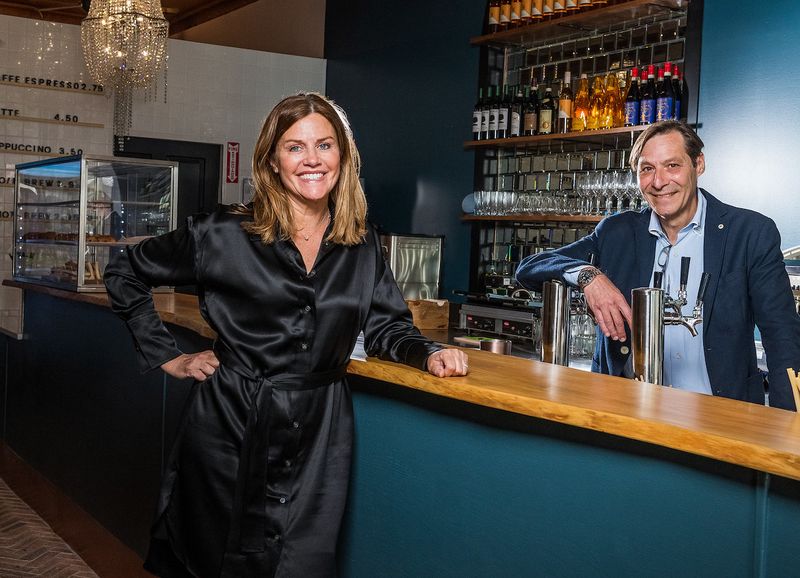
You stroll into the nearest café, order your espresso, and sit down to enjoy it. Oops, you’ve made the rookie mistake. Here’s the secret: if you want to pay the “locals” price,” you need to stand at the bar.
Yep, it’s that simple. Italians love their coffee on the go and typically enjoy it while standing, chatting with the barista or a friend.
Sitting down at a table for that same espresso can cost a bit more, not because it’s a bigger cup or better quality, but because you’re paying for the “service.” If you’re in a hurry, the bar is your best bet.
9. Don’t Rush Meals
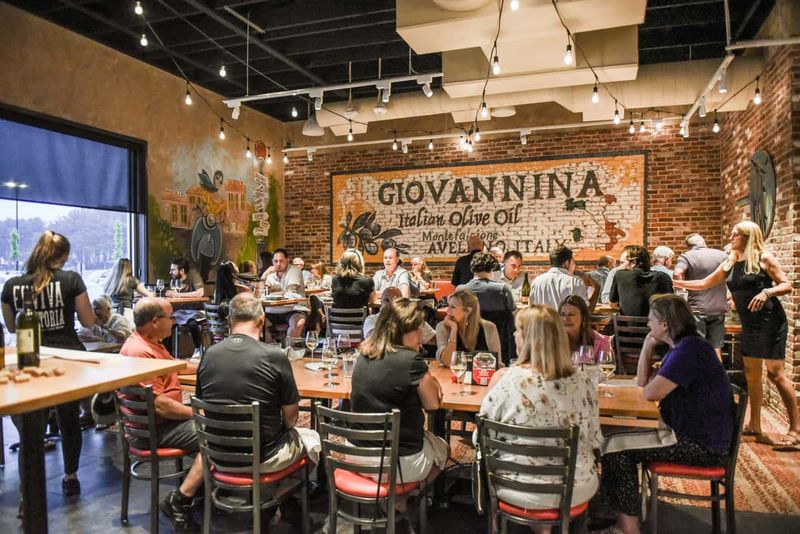
In Italy, food is a ritual, a celebration of culture, and an excuse to linger over conversation for hours. So, if you find yourself sitting down for a meal, prepare to relax and savor every bite.
The Italian way is to start with an aperitivo, take your time with an appetizer, then ease into the main course with a glass of wine. No one’s checking their watch, and certainly, no one’s in a rush to be somewhere else.
Taking time with meals is part of the Italian lifestyle, and it’s an important one. Italians take pride in the fresh, high-quality ingredients they use, and they believe in giving each dish the attention it deserves.
10. Validate Your Train Ticket
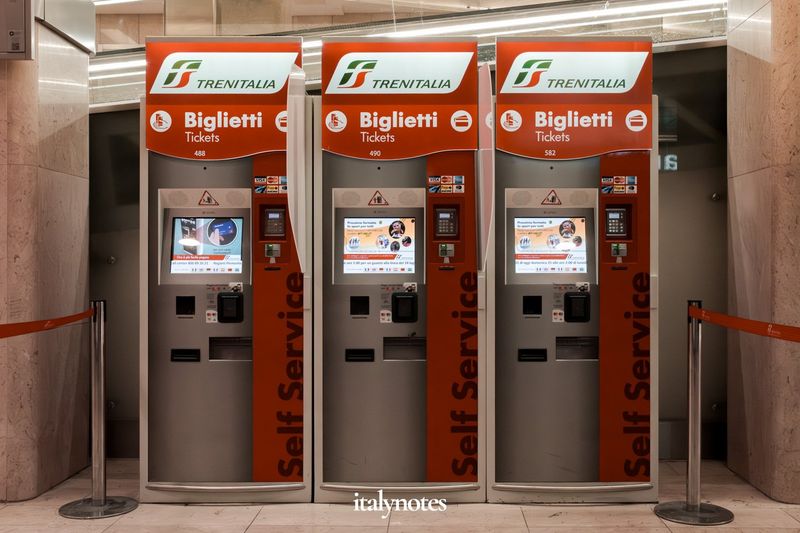
This might sound like a small detail, but it can save you from an awkward encounter with the conductor. In Italy, regional trains often require passengers to validate their tickets before hopping on board.
This can usually be done at a little machine in the station that stamps your ticket with the time of departure. Forgetting to validate your ticket might leave you facing a hefty fine, especially if the conductor checks your ticket and finds it’s not been validated.
But don’t stress! The process is simple, and there’s typically a sign pointing you to the ticket-validation machine. Just keep an eye out, and make sure you do it before boarding.
11. Dress Appropriately For Churches

You’ve probably heard it before, but here’s a friendly reminder: when visiting Italy’s beautiful churches, dressing modestly isn’t just a courtesy—it’s a must.
Italy is home to some of the world’s most stunning religious sites, from the grandeur of St. Peter’s Basilica to the intimate beauty of small chapels tucked away in charming villages. But don’t even think about stepping inside in sleeveless tops, shorts, or skirts above the knee. The dress code is usually enforced, especially in more sacred places.
Italians take their religious heritage seriously, and while churches are open to tourists, they ask for respect in return.
12. Don’t Expect Lines
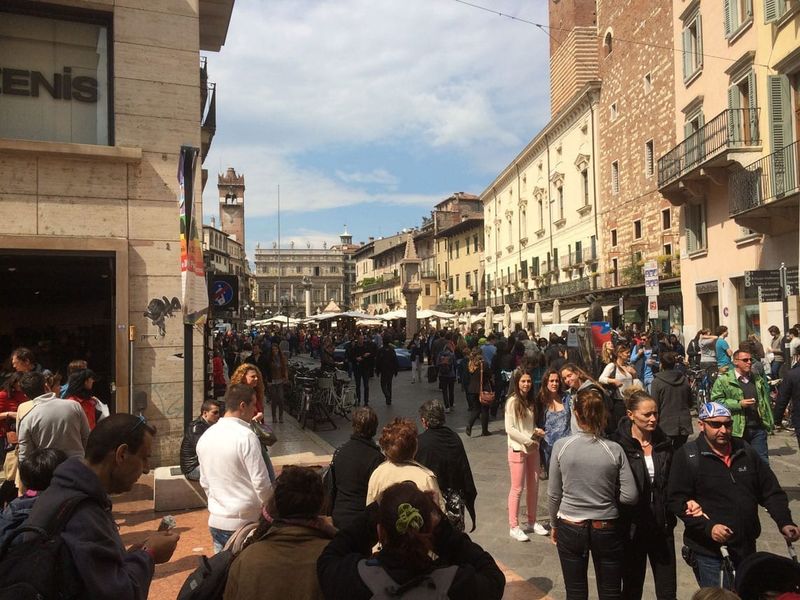
In Italy, waiting in line is often more of a guideline than a rule. Whether you’re at the post office, a café, or even a popular tourist attraction, don’t expect the neat, orderly queues you’re used to in other places. Italians are experts at forming loose crowds, with everyone jostling for position without making a big fuss.
It’s not rude, it’s just how things work here.
You’ll quickly notice that personal space is a bit more fluid in Italy. In fact, you might find yourself elbow-to-elbow with strangers, and somehow, it’s not uncomfortable.
13. Keep Your Voice Down
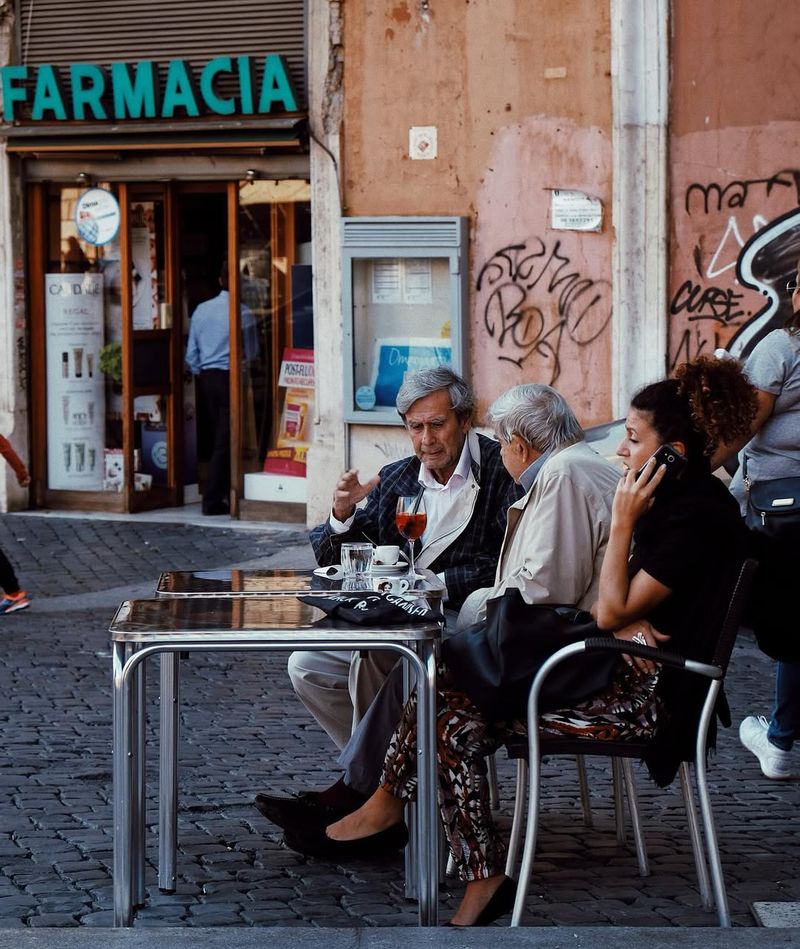
Italians are known for their passion! But here’s the thing: Italians may be expressive, but they don’t shout about it. As a tourist, you’ll quickly learn that one of the quickest ways to stand out as a tourist is to raise your voice. In quieter towns, it’s even more noticeable.
In Italy, there’s a sense of calmness in public spaces. Whether you’re sipping your espresso at the bar or sitting in a piazza with friends, conversations tend to stay at a moderate level.
It’s not that Italians are shy. They just prefer to speak with intention and don’t feel the need to project.
14. Be Mindful Of “Coperto”
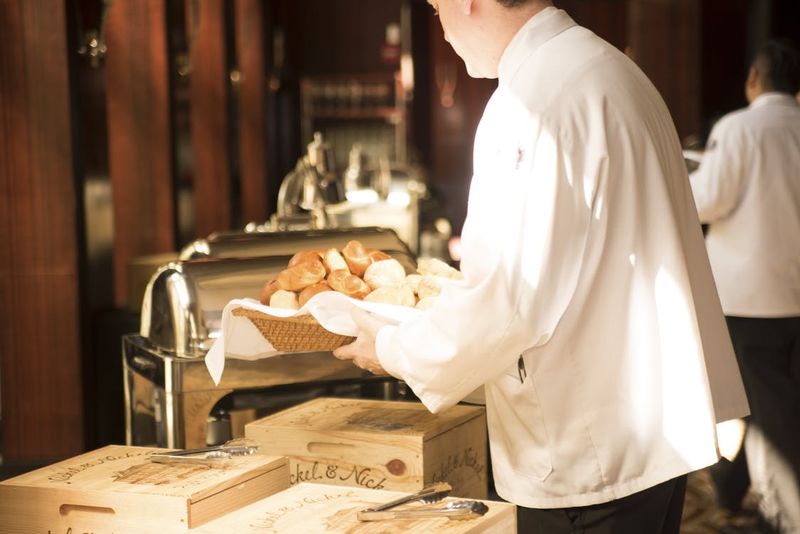
You’ve enjoyed your meal, and the wine has been flowing… then the bill arrives, and suddenly, you’re hit with a mysterious charge called “coperto.” What’s this?
A hidden fee for the privilege of eating in the restaurant? Not quite. Coperto is a standard charge in many Italian restaurants and cafés. It’s essentially a cover charge for things like your table, the bread, and the service. It’s common, and it’s not something you can avoid, but it’s also not as mysterious as it might seem.
The amount isn’t usually significant (typically between €1-3), but it can be a surprise if you’re not expecting it.
